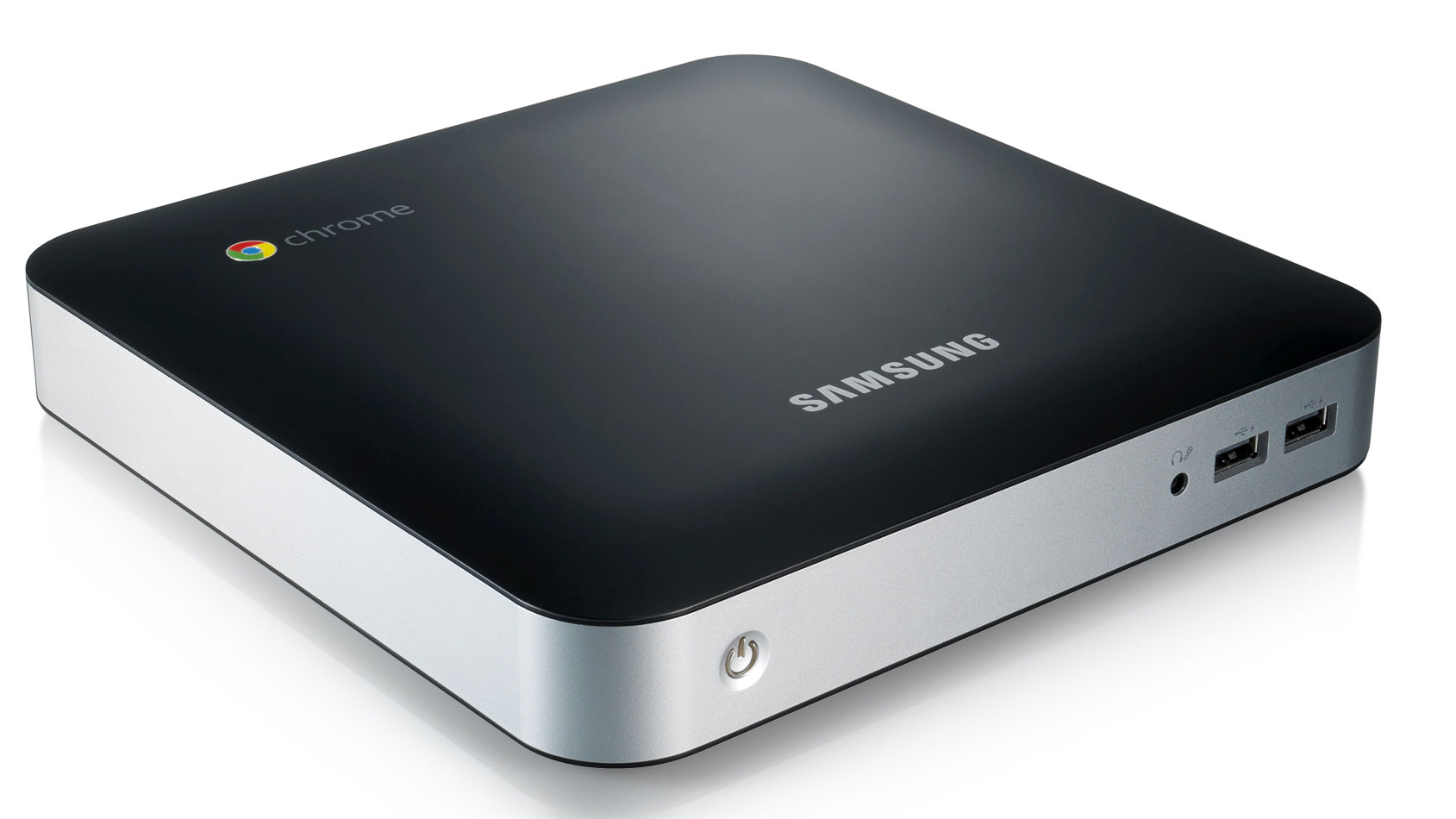TechRadar Verdict
The Chromebox makes a lot of sense for Chrome OS because desktops are always online. Chrome OS is far from perfect, but this is a feasibly and cheap second computer.
Pros
- +
Easy to set up
- +
Snappy web browsing
- +
Chrome OS improvements
- +
Small and attractive
Cons
- -
No HDMI
- -
Poor built-in speakers
- -
Still underpowered
- -
Limited file compatibility
Why you can trust TechRadar
There's no denying that the Samsung Chromebox XE300M22 faces an uphill struggle. We're increasingly accessing the internet through our mobile devices, from laptops to tablets and smartphones.
Sitting down behind a desk and in front of a monitor and keyboard to check our emails, read the news and message people on Facebook is becoming increasingly rare.
Google knows this, having an immensely popular mobile operating system, Android. It also has a far less popular PC operating system - Chrome OS, which is found on the laptop-like Chromebooks such as the Acer AC700 and the Samsung Series 5.
Priced at £279 in the UK and $329 in the US , the Samsung Chromebox is designed for the lower end of the market – think nettop – and its tiny size and simple interface could just make it a viable computer for people who value simplicity and surfing over file management and power.
Chrome OS is also the operating system for the Samsung Chromebox Series 3 XE300M22, a desktop-based PC that sits unobtrusively next to a monitor or TV to enable you to surf the web and perform some light tasks such as quick photo editing and word processing.
So the first hurdle the Samsung Chromebox XE300M22 must clear is our changing habits when it comes to accessing the internet. A pretty big hurdle, to say the least.
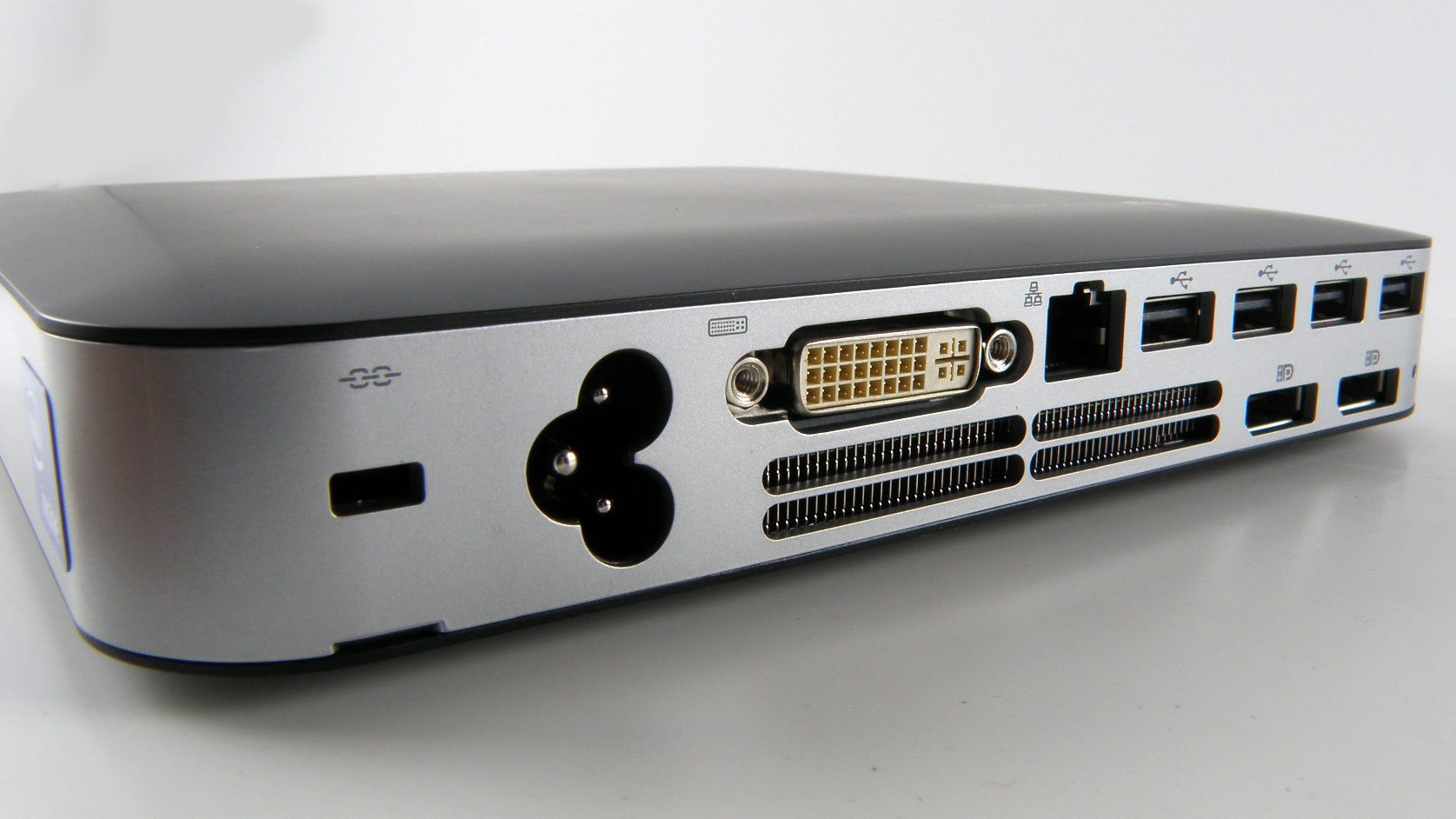
Chrome OS was primarily designed for mobile use, so it's lightweight and non-demanding of battery power. This means that for complicated tasks we'd most associate with desktop PCs - such as movie editing and media playback - Chrome OS isn't really up to the task.
However, there is one advantage to having Chrome OS on a desktop computer. Since Chrome OS relies so much on an internet connection, if you take a Chromebook somewhere without Wi-Fi or 3G, then many of the Chromebook's features become unusable. With the Chomebox, however, this isn't a problem, because it will be permanently in your house, connected to your broadband.
However, the modern house has plenty of little boxes attached to TVs and monitors as it is. Games consoles, Blu-ray players, set-top boxes and even the TVs themselves can access the internet through apps and web browsers.
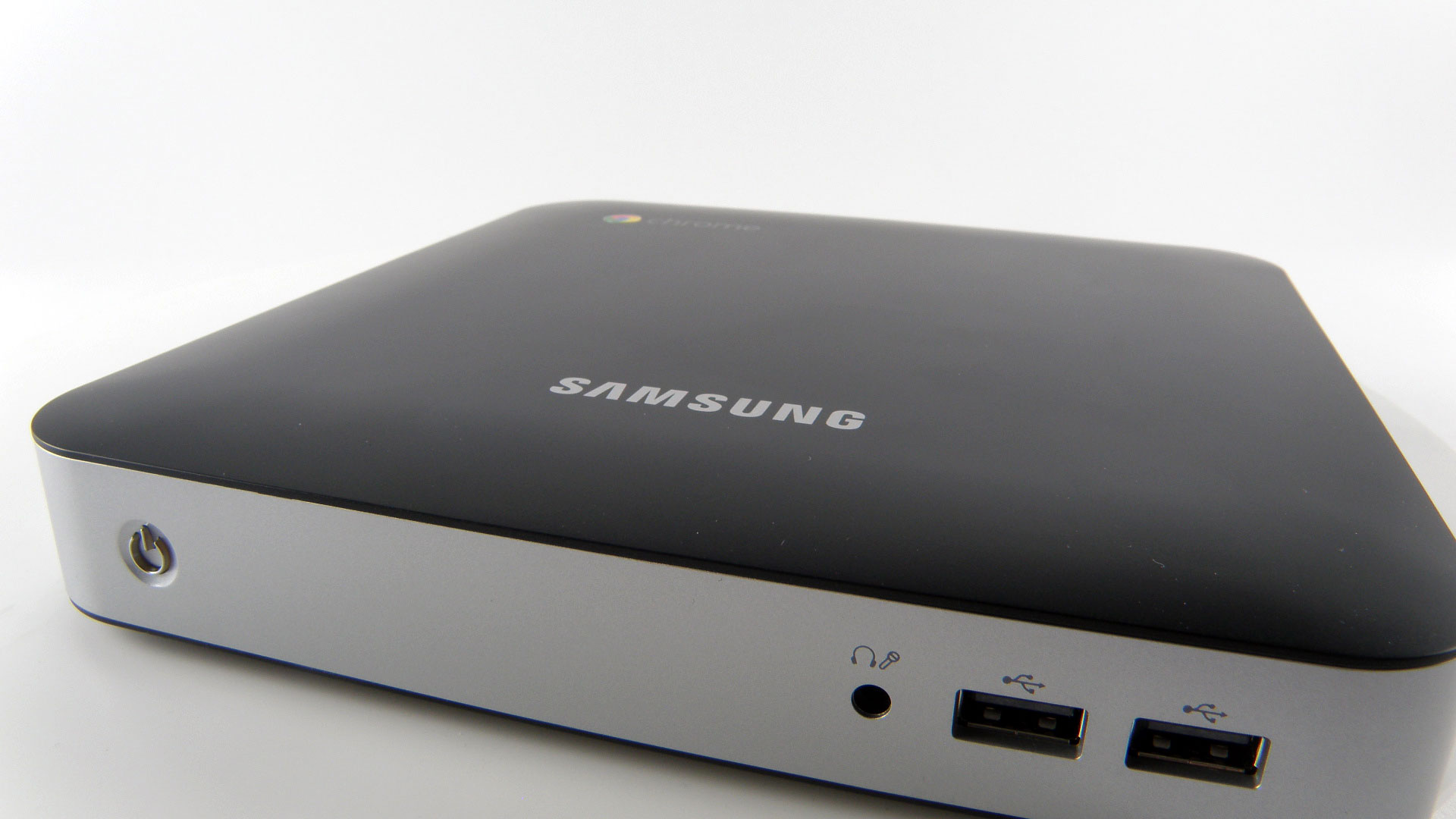
So the second hurdle the Samsung Chromebox XE300M22 faces is to convince us that we need yet another box in our living rooms.
Specifications
If you're going to market a product to take up space in customers' living rooms, then you'll want to make it small, slim and attractive. This is clearly something that Samsung has grasped, because the Samsung Chromebox Series 3 is a good-looking device in a small chassis that won't look out of place under a TV in the front room.
While we've seen small-factor computers before, such as the Sapphire Edge HD, the Zotac Zbox nano XS AD11 Plus and the Apple Mac mini, the fact that they are running more traditional operating systems, be it Linux, Windows or OS X, means that they need extra power.
This extra power produces heat, which means these mini PCs aren't always as mini as they claim. It also means they either get hot quite quickly, or they produce a lot of fan noise - neither particularly attractive in a device that's meant to sit quietly under your TV.
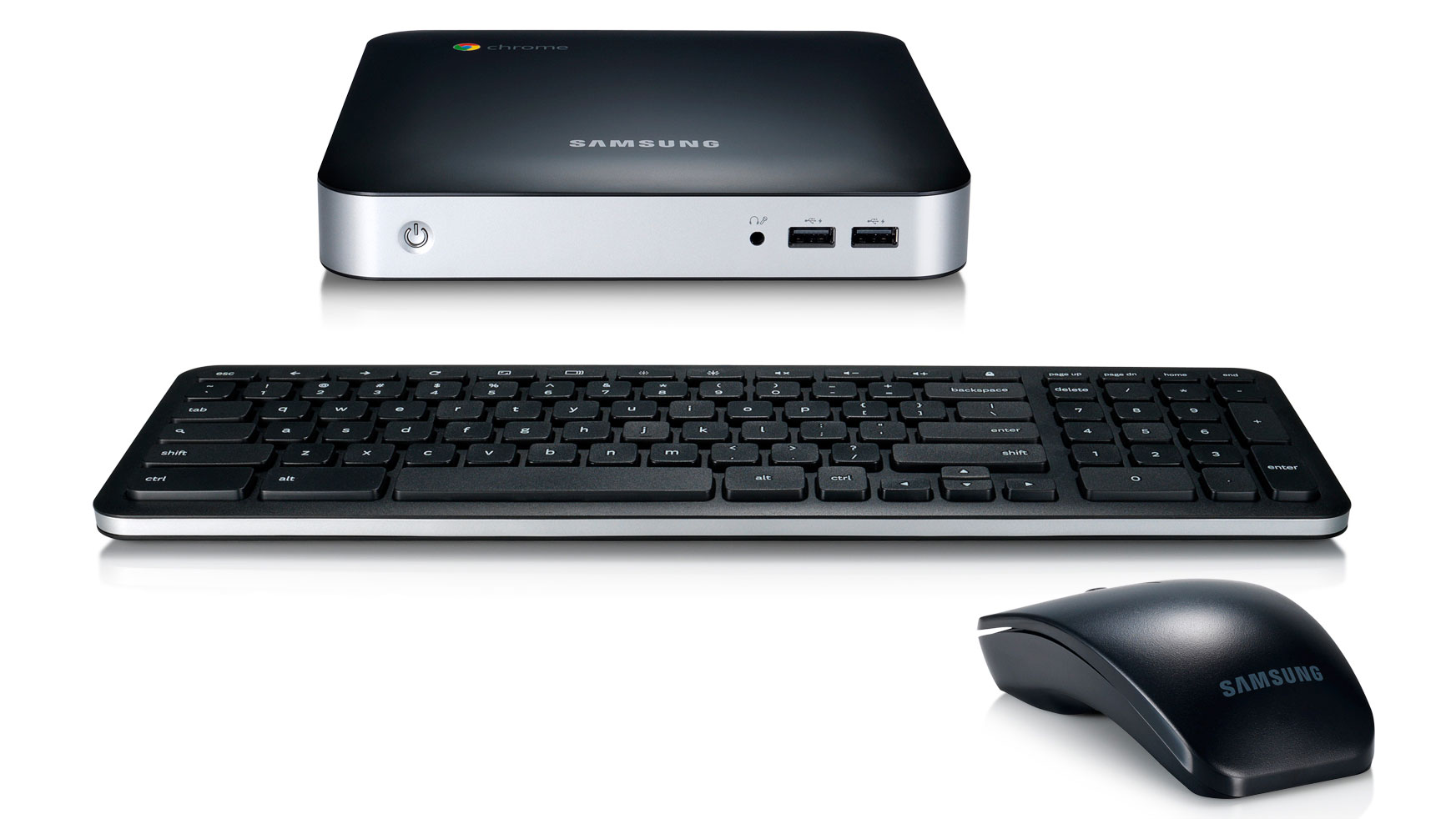
Since Chrome OS is a lot less intensive than more traditional desktop operating systems, its specifications have been scaled back, requiring less power, and therefore producing less heat. This results in the Samsung Chromebox XE300M22 being a much smaller and almost completely silent machine, which won't distract you by whirring away in the corner of your living room.
But does the scaling back of specifications result in an under-powered machine? The Samsung Chromebox XE300M22 is the third series of Chromebox from Samsung, so components and the design have been refined.
In many ways the specifications are very similar to the Samsung XE550C22 Chromebook, with 4GB of DDR3 RAM, 16GB SSD and integrated Intel HD graphics. While the 4GB of RAM is very welcome, and keeps Chrome OS feeling quick, we were worried to see the same integrated graphics that are shared with the system memory.
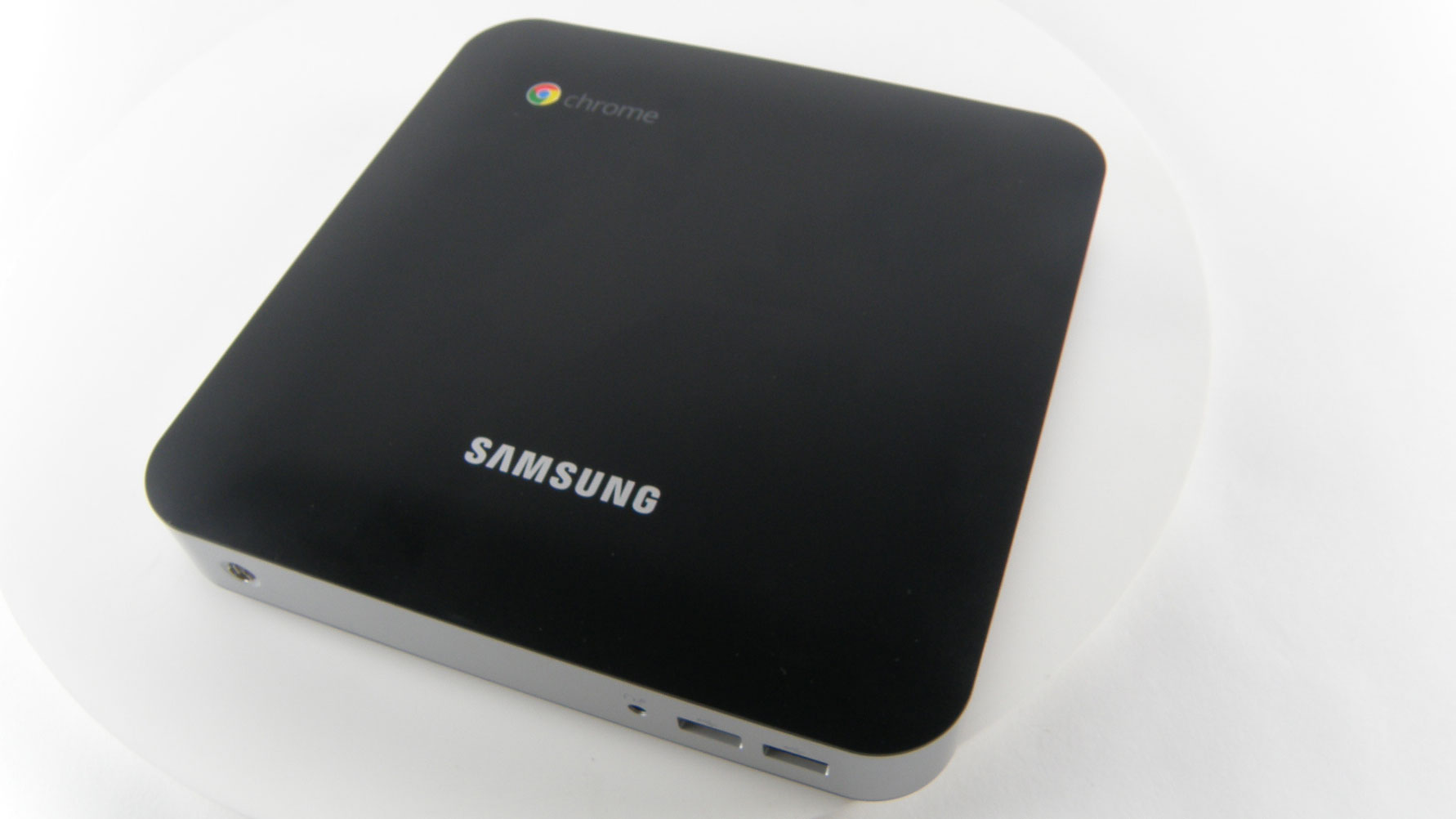
As we found out in our Samsung Series 5 Chromebook XE550C22 review, the graphics struggled to play high definition content on its 12.1-inch display. Plugging the Samsung Chromebox Series 3 XE300M22 into a big high definition TV could prove even more problematic for media playback.
At least the processor in the Chromebox is more robust, with an Intel Celeron Processor B840 running at 1.9GHz, compared to the Samsung XE550C22 Chromebook's Intel Celeron Processor 867 with a clock speed of 1.3GHz.
Speaking of connecting to a high definition TV, the Samsung Chromebox XE300M22 comes with just a DVI port for video output. We'd have much rather seen an HDMI port, which would have made connecting it to an HD TV much easier. Instead you may need to invest in a DVI to HDMI cable.
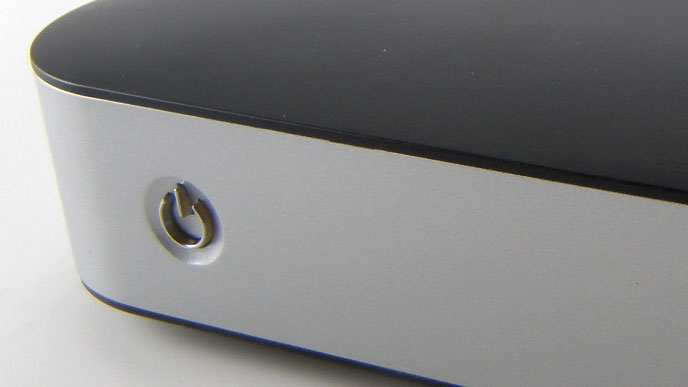
The Samsung Chromebox XE300M22 also comes with a built-in mono speaker. At a rather weak 2W, it's not going to be good for playing media. The only other output for sound is through a phono port at the front, which is supposed to be for headphones. You can plug it into a speaker system, but since it's at the front it could look rather ugly.
Wireless support is built in, which gives you plenty of flexibility to place the Samsung Chromebox XE300M22 wherever you want it. It also has an Ethernet port for wired internet connections, which gives a faster and more reliable connection - but it's not quite as convenient as Wi-Fi.

Matt is TechRadar's Managing Editor for Core Tech, looking after computing and mobile technology. Having written for a number of publications such as PC Plus, PC Format, T3 and Linux Format, there's no aspect of technology that Matt isn't passionate about, especially computing and PC gaming. He’s personally reviewed and used most of the laptops in our best laptops guide - and since joining TechRadar in 2014, he's reviewed over 250 laptops and computing accessories personally.
